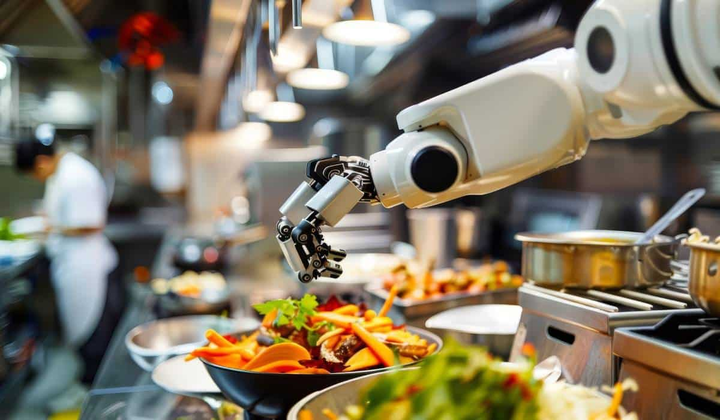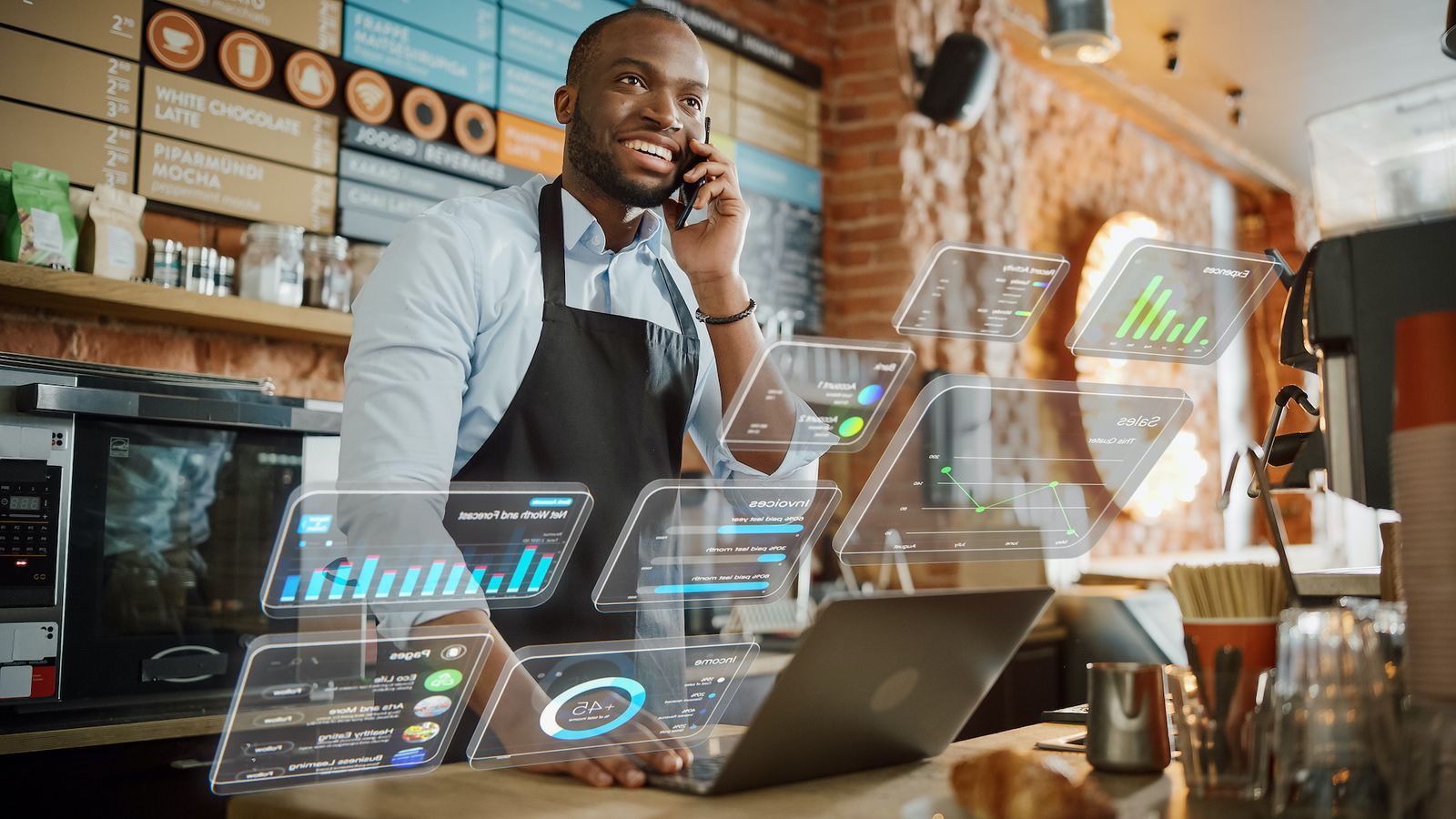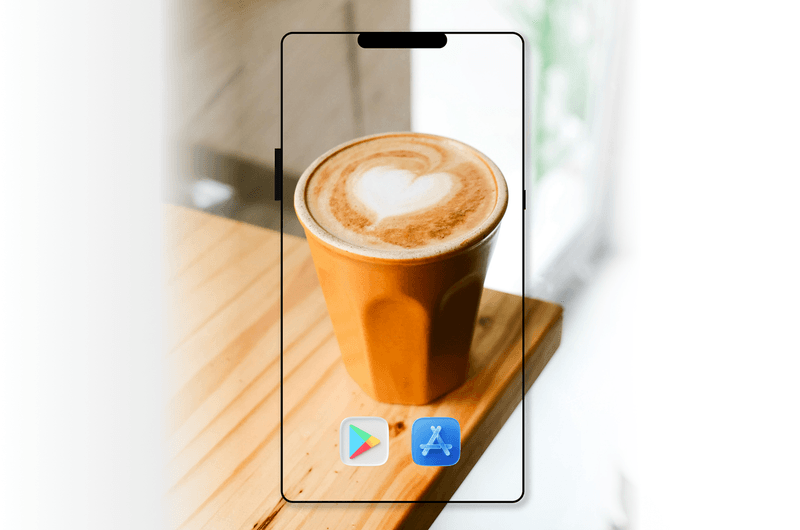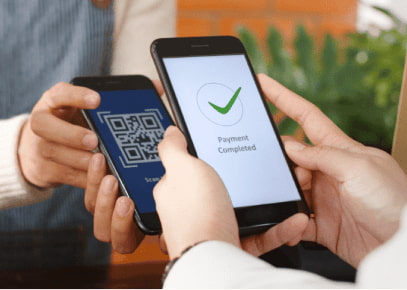Key Takeaways
For as long as we know, the restaurant industry has thrived on personal interactions. As we enter the restaurant, we expect the waiting staff to direct us to the best table there is, with the most spectacular view. The attention moves forward to handling the beautifully crafted physical menu, and the staff helping us pick the most exotic dish off the menu. There can be a lot of personalized exchanges between the waiting staff and the guests during the course of the dining. And this brief interaction helps restaurants upsell or as we’d like to say “recommend” items that can really shoot up the check value. But these interactions are important for the business. They help the business understand their customers better helping them make informed business decisions.
The point to be noted here is that these interactions inadvertently fail when something like “social distancing” comes into play. And today, whether we like it or not, restaurants are forced to reimagine the touchpoints and make the dining experience as “contactless” as possible. It’s a sad reality, but it’s the REALITY of the future, and we all must comply with it. Having said that, in order to be ready for the new wave of the tech-dominated future, there are certain things that restaurants can do to match up to the expectations of their customers in the new normal. The absence of a hospitality strategy at this point in time can negatively affect the business, pushing it to the edge.

So what can be done to amplify customers’ experience and improve loyalty in the contactless era? Let’s find out:
5 things restaurants can do to deliver great hospitality with contactless dining
1.Learn the right way to greet
Greeting a guest is an art that anyone that belongs to the restaurant industry must master. Greeting and serving strangers round the clock is already a very challenging part of the job, and with “contactless” and “social distancing” norms, it has become a real struggle for the front office staff to connect with guests on their arrival. So how can one make a positive first impression on the guest and make them feel comfortable in a contactless setup?
Don’t forget to smile. Even with social distancing, you can pass on a comfortable ad welcoming smile to your guests as they arrive and move towards their reserved table. In fact, many renowned hotels and restaurant chains have a policy that says that when the guest is at a distance of 10 feet we should make eye contact, give a smile, and offer to assist. Such gestures act as an icebreaker. Greet them with a smile and they’ll feel at home.

Have a dedicated staff for each table: In a contactless world, sharing is also prohibited. So avoid sharing waiters for serving food. Assign one waiter to each table. Each table should actually have a name tag of the staff that would be attending to the guests or helping them with their queries to ensure a seamless contactless dining experience. So for instance, if a guest walks in and picks Table #1, the table should already have a small greeting card saying “Alex, will be your server tonight. He is a 6ft tall, bearded man, standing 7 feet away from your table, ready to help you with your contactless journey with our brand. Oh yes, Alex’s is perfectly healthy and his body temperature today is 97.6 degrees”. Do you see? Just a small note that brings a big smile on your guests’ face, and at the same time make them feel safe and comfortable.
2. Train your staff for the contactless journey
Extension to what I mentioned in my last point, it’s very important to train your staff for the changes taking place in the dining room. So for instance, most front-end staff are trained to put the dishes and spoons on the table after the guests have arrived. This practice needs a makeover in a no-touch world. Train your staff on new protocols, safety guidelines, and hygiene standards that they must follow at all times - before, during, and after the guests have arrived. If your waiting staff is not familiar with the QR menu ordering system, give them a thorough walk-through of the whole system so they can help their guest on the premises without any hiccups. Similarly, your staff should also be diligent with hand sanitization, masking, and social distancing protocols and remember to follow them when working their shifts. If possible, get a printed training material for all staff members so they can refer to it every day before and after their shift. This will greatly reduce the chances of laxity at the forefront.
3. Look for micro-moments in the journey
Like I mentioned above, a small digital note about the server can be a great starting point. Focus on adding unique and unexpected elements to the guests’ journey into the contactless avenue. For instance, as soon as the guest scans the QR code in the mobile phone, the guest can be redirected to the discount page that says something like “Congratulations you’re the 1001st guests post the outbreak. We’ll like to embrace your visit with a special $20 discount coupon.
Alternatively, you can also add some gamification to the entire ordering and payment process. Spin the Wheel is one of the most engaging elements you can make the online ordering process more interactive for the guest.
4. Communicate safety policies and service changes to guests as they order
This goes without saying, and this should be clearly communicated on the restaurant’s door, walls, digital signage, and every other spot that you think would grab your customers’ attention. It’s a great idea to have a billboard right outside the door with all instructions and guidelines presented in both text and pictorial form for easy and quick understanding.
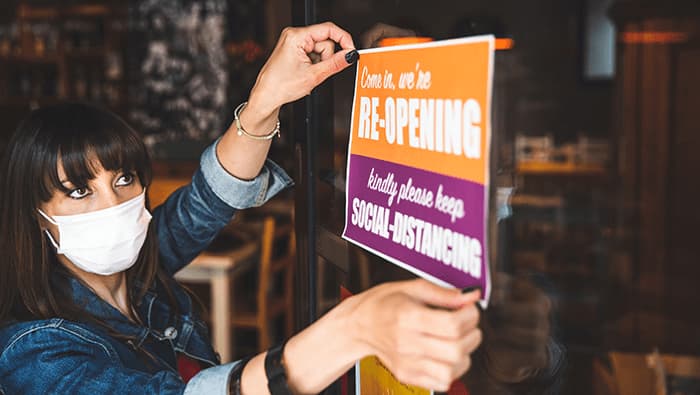
Additionally, to facilitate better communication of new policies and how they’ll affect the dining experience, you can add a notification within the mobile ordering process that will keep the customers informed.
5. Create an efficient virtual help portal
Contactless ordering is a relatively new concept and now many guests would understand the functionalities right away. In a restaurant environment, we deal with all kinds of people on a day-to-day basis, and most of them may not be tech-savvy. This section of the customers would need some kind of assistance or help to navigate through the system. Hence, it is your responsibility to provide them with just that. Having open text communication with the kitchen staff through the ordering app itself would help establish a seamless experience.
Make sure your staff is prepared to respond to chats or texts and answer resolve customer queries in real-time. Also, be prepared to receive direct feedback on the experience. Contactless ordering apps have an in-built feedback portal that would help your guests share their experience - both good or bad. You can make use of this valuable information and make changes to encourage return visits.
The demand for contactless technology isn’t going away. As consumers continue to embrace the experience that enables them to dine in at their favorite restaurant without compromising safety, restaurant operators would be wise to adopt QR menu ordering and make it an integral part of their day-to-day operations.
To find out more about what your restaurant can achieve with contactless dining, speak to our experts today!
Frequently Asked Questions


.gif)


